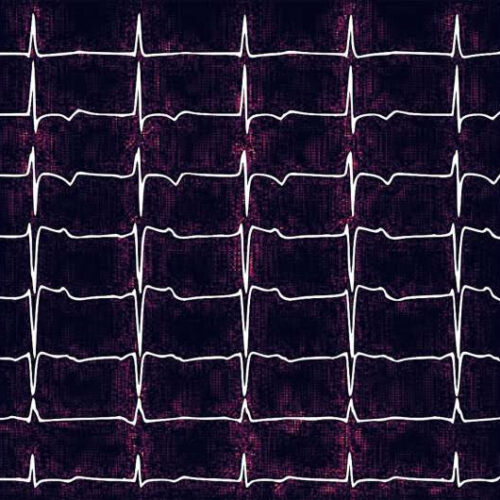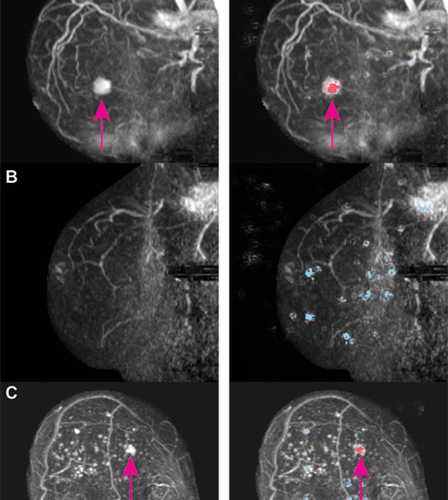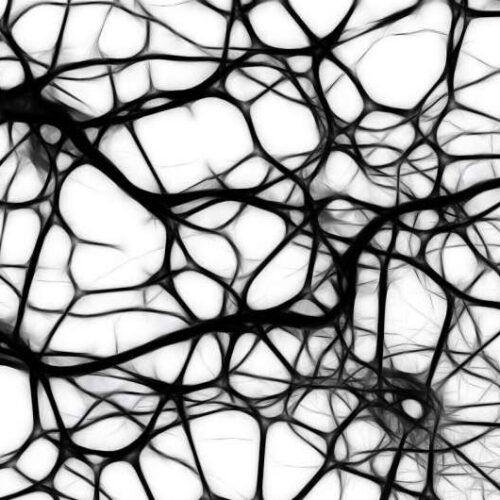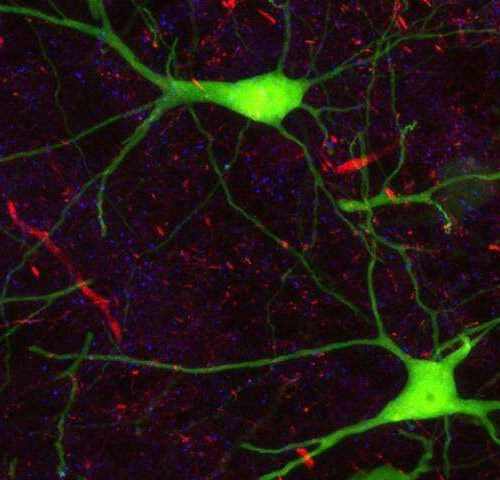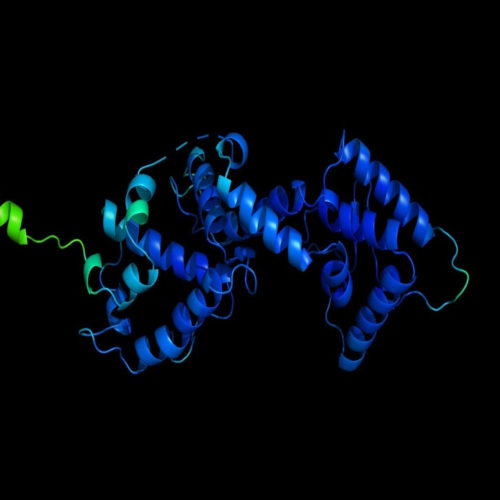by The Mount Sinai Hospital Researchers at Icahn School of Medicine at Mount Sinai developed an electrocardiogram-reading algorithm that can detect subtle signs of heart failure. Credit: Glicksberg and Nadkarni labs, Mount Sinai, N.Y., N.Y. A special artificial intelligence (AI)-based computer algorithm created by Mount Sinai researchers was able to learn how to identify subtle changes...
Tag: <span>AI</span>
AI helps rule out cancer in dense breasts
IMAGE: EXAMPLES OF DEEP SHAPLEY ADDITIVE EXPLANATIONS (SHAP) OVERLAY IMAGES. MAXIMUM INTENSITY PROJECTION (MIP) IMAGES ARE ON LEFT, AND MIP IMAGES WITH THE SHAP OVERLAY ARE ON RIGHT. POSITIVE SHAP VALUES (RED) SHOW AREAS THAT CONTRIBUTE TO A HIGH PROBABILITY OF LESION PRESENCE, NEGATIVE SHAP VALUES (BLUE) SHOW LOCATIONS WITH REDUCED PROBABILITY. (A) SAGITTAL MIP...
Single neurons might behave as networks
by Tali Aronsky, Hebrew University of Jerusalem Credit: Pixabay/CC0 Public Domain We are in the midst of a scientific and technological revolution. The computers of today use artificial intelligence to learn from example and to execute sophisticated functions that, until recently, were thought impossible. These smart algorithms can recognize faces and even drive autonomous vehicles. Deep...
AI from DTU to help diagnose epilepsy
About 50 million people worldwide have epilepsy. The neurological disease causes seizures that are caused by disturbances in the electrical activity of the brain and can lead to premature death. Epilepsy can be treated with cheap medicine, but patients in low middle income countries are rarely diagnosed because of a lack of examination equipment and...
Unsupervised AI breaks new ground by predicting the progression of COVID-19 and survival of patients directly from their chest CT images
BOSTON – Fast and accurate clinical assessment of the disease progression and mortality is vital for the management of COVID-19 patients. Although several predictors have been proposed, they have been limited to subjective assessment, semi-automated schemes, or supervised deep learning approaches. Such predictors are subjective or require laborious annotation of training cases. In a multi-center study...
AI’s shaky foundations – AI
A new academic group is sounding a warning about powerful, if poorly understood, AI systems that are increasingly driving the field. Why it matters: New models like Open AI’s text-generating GPT-3 have proven so impressive that they’re serving as the foundation of further AI research, but that risks propagating the biases that may be built...
Team develops AI to decode brain signals and predict behavior
by University College London Cells in the brain of a mouse. Credit: ZEISS Microscopy on Flickr (CC BY-NC-ND 2.0) An artificial neural network (AI) designed by an international team involving UCL can translate raw data from brain activity, paving the way for new discoveries and a closer integration between technology and the brain. The new method could...
IBM develops AI to invent new antibiotics – and it’s made two already
By Michael Irving March 11, 2021 IBM has created an AI system that can find new antibiotic candidates quickly, to help fight the rising superbug threatphodopus/Depositphotos Hiding behind the current COVID-19 pandemic, another serious public health threat is looming – the rise of antibiotic-resistant “superbugs.” New antibiotics are needed to help turn the tide, but developing them...
AI SOLVES 50-YEAR-OLD SCIENCE PROBLEM IN ‘STUNNING ADVANCE’ THAT COULD DRAMATICALLY CHANGE HOW WE FIGHT DISEASES
Andrew Griffin @_andrew_griffin A 50-year-old science problem has been solved and could allow for dramatic changes in the fight against diseases, researchers say. For years, scientists have been struggling with the problem of “protein folding” – mapping the three-dimensional shapes of the proteins that are responsible for diseases from cancer to Covid-19. Google’s Deepmind claims to have...
AI CHECKS OUT ‘RASH SELFIES’ TO DETECT LYME DISEASE
Using artificial intelligence and deep learning to study cell phone images of rashes could offer a way to more accurately detect Lyme disease, researchers say. The technology can identify the erythema migrans (EM) skin redness associated with acute Lyme disease to enable more reliable screening, more accurate diagnosis, and earlier treatment. It could help avoid...

